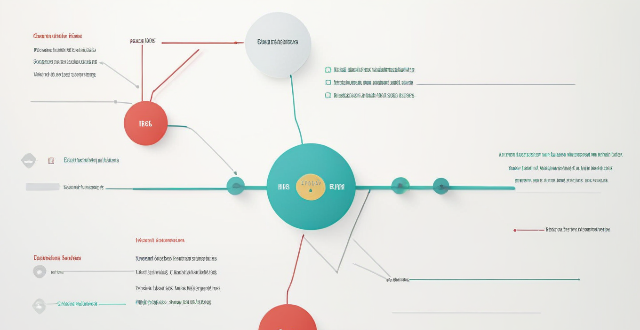Caching is crucial for network optimization, improving dataCaching is crucial for network optimization, improving data speed by storing frequently accessed data improving data retrieval performance and speed by storing frequently accessed data in temporary storage areas. It reduces latency, decreases bandwidth usage, improves scalability, enhances resilience, optimizes content delivery, reduces server load, improves data consistency, and increases availability. These benefits make caching essential for improving network infrastructure performance and reliability.

Role of Caching in Network Optimization
Caching plays a crucial role in network optimization by improving the performance and speed of data retrieval. It is a technique used to store frequently accessed data or resources in a temporary storage area, such as memory or disk space, for quick access. Here are some ways caching helps optimize networks:
1. Reduced Latency
Caching reduces latency by storing frequently requested data closer to the user or client. This means that when a user requests a resource, it can be delivered faster from the cache than from the original server, resulting in lower response times and improved user experience.
2. Decreased Bandwidth Usage
By serving content from a cache, the amount of data transmitted across the network is reduced. This decreases bandwidth usage, which can lead to cost savings for both the user and the service provider.
3. Improved Scalability
Caching allows networks to handle higher loads more effectively. When popular content is cached, it reduces the load on origin servers, allowing them to handle more requests without slowing down or crashing. This makes it easier for services to scale their infrastructure to meet growing demands.
4. Enhanced Resilience
Caches can act as a backup if the primary source of data becomes unavailable. If a server goes down or experiences issues, users can still access cached versions of the content until the issue is resolved.
5. Content Delivery Optimization
Caching enables content delivery networks (CDNs) to optimize how content is delivered to users based on their location and connection speed. By distributing cached copies of content across multiple locations, CDNs can ensure that users receive the fastest possible response times regardless of where they are located.
6. Reduced Server Load
Caching offloads work from servers by handling repetitive requests directly from the cache instead of the origin server. This reduces the number of requests that need to be processed by the server, freeing up resources for other tasks and reducing the risk of server overload.
7. Improved Data Consistency
In distributed systems, caching can help maintain consistency by ensuring that all nodes have access to the same version of data. This is particularly important in scenarios where data needs to be updated frequently but must remain consistent across different parts of the network.
8. Increased Availability
By replicating data across multiple caches, systems can increase availability. If one cache fails or becomes overwhelmed, another can take over seamlessly, preventing downtime and ensuring continuous access to critical resources.
Conclusion
In summary, caching plays a vital role in network optimization by reducing latency, decreasing bandwidth usage, improving scalability, enhancing resilience, optimizing content delivery, reducing server load, improving data consistency, and increasing availability. These benefits make caching an essential tool for anyone looking to improve the performance and reliability of their network infrastructure.